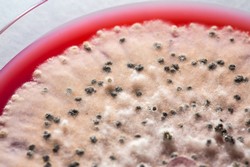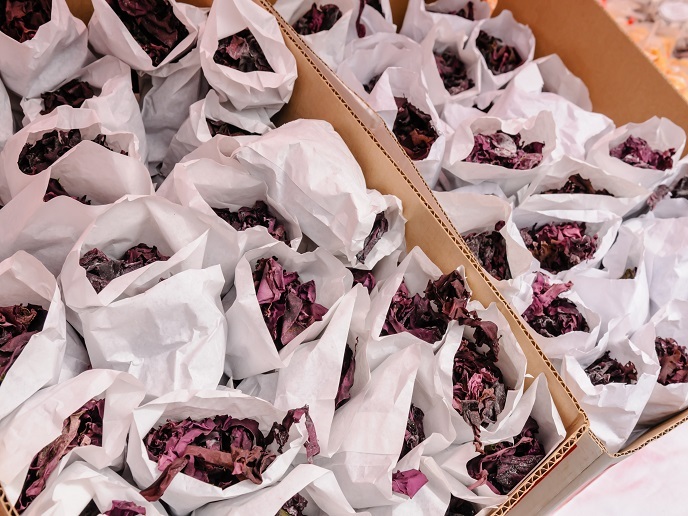Why is white mould such a widespread pathogen?
The S. sclerotiorum fungus, which causes white mould, has a broad host range that includes more than 400 vegetable, seed and other crop plants. Its virulence is poorly understood and there are very few plants that show any kind of resistance to it. To protect crops against this pathogenic fungus, it is important to better understand its metabolic network and how the fungus causes plants to become susceptible. The EU-funded SEPARATE (Identification of Sclerotinia sclerotiorum effector proteins mediating virulence on Arabidopsis thaliana ecotypes) initiative studied the chemistry and biology of S. sclerotiorum invasion to understand what makes this such an effective fungal pathogen. Previous work in this research group identified promising candidate effector proteins – the compounds responsible for making plants susceptible to fungal attack. Studies have also shown that S. sclerotiorum resistance is variable within A. thaliana, suggesting that specific genes play a role in fungal resistance. Researchers studied the diversity of S. sclerotiorum effector proteins excreted by the fungus to damage the host plants, as well as the accompanying metabolites. To do this they collected a large number of fungal isolates and tested their aggressiveness on A. thaliana plants. SEPARATE then used data collected in these experiments to identify genes associated with resistance in A. thaliana. Next, the research group developed new methods to grow S. sclerotiorum in the laboratory and measure its growth. They used measurements of growth to predict specific metabolic activity in different conditions. The study found that S. sclerotiorum used a broad range of carbohydrates for this process, and characterised over 280 compounds used by the fungus. This work showed that the fungus has a diverse set of chemicals that it uses to attack host plants, which explains its broad host range. Project findings open the door for future studies on the behaviour of S. sclerotiorum. They also highlight new research avenues for improving crop plant resistance to this common pathogen.







